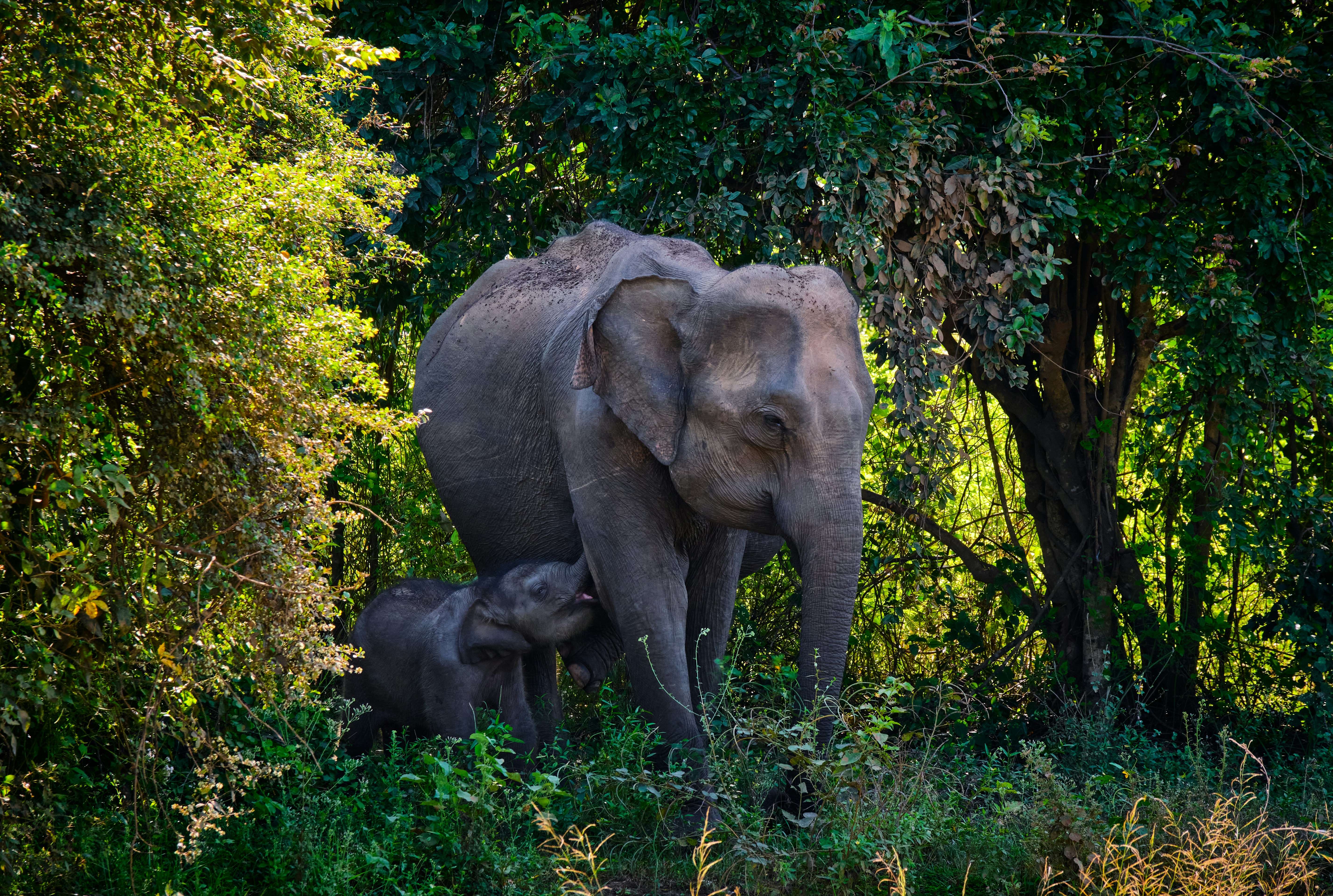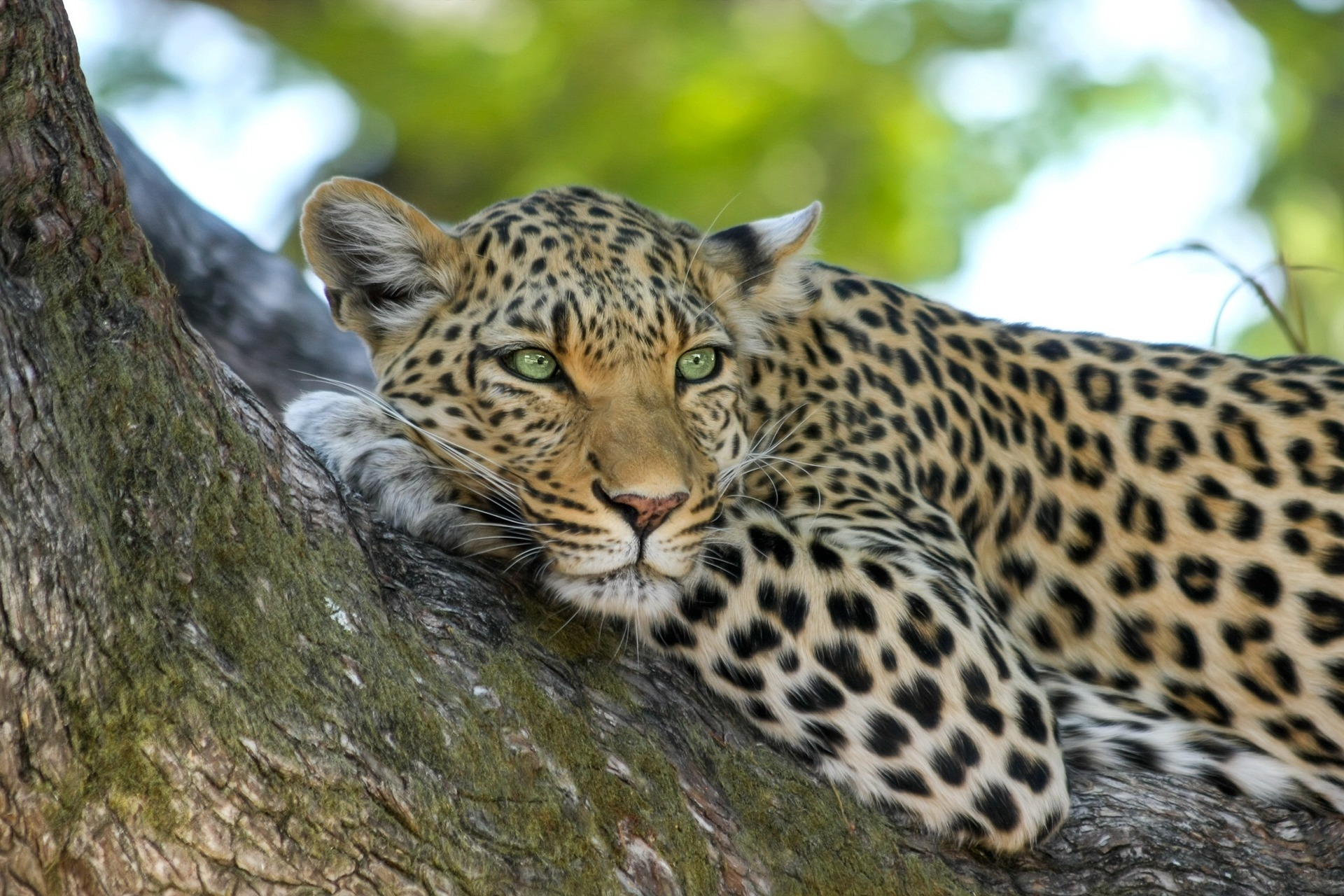Yala National Park
Yala National Park
Travel Place Details 'Yala National Park'
The Yala National Park is a prominent wildlife sanctuary located in the southern province of Sri Lanka. Covering an area of approximately 979 square kilometers, it is renowned for its diverse ecosystem, rich biodiversity, and captivating landscapes.
Key Features:
Wildlife: Yala National Park is home to an abundance of wildlife, including a significant population of leopards, elephants, sloth bears, spotted deer, sambars, and crocodiles. It is also a haven for a variety of bird species, including peacocks, jungle fowls, and hornbills.
Vegetation: The park encompasses a range of habitats, from dense forests to open grasslands, creating a mosaic of ecosystems. The vegetation is predominantly tropical dry evergreen forest, interspersed with scrublands, wetlands, and lagoons.
Scenic Beauty: Yala National Park boasts stunning natural beauty, with rolling hills, picturesque lakes, and breathtaking coastal vistas. The park's landscape is further enhanced by ancient ruins and historical sites, adding a cultural dimension to the experience.
Activities:
Wildlife Safaris: The park offers thrilling wildlife safaris, where visitors can embark on guided tours in specially designed vehicles to observe the diverse wildlife in their natural habitats.
Birdwatching: Yala National Park is a paradise for birdwatchers, with over 215 recorded bird species. Visitors can indulge in birdwatching sessions to spot a variety of resident and migratory birds.
Cultural Exploration: The park is home to several historical sites, including the ancient Buddhist temple of Sithulpawwa and the Magul Maha Viharaya. Visitors can explore these sites to gain insights into Sri Lanka's rich cultural heritage.
Best Time to Visit:
The ideal time to visit Yala National Park is during the dry season, which extends from February to September. During this period, the weather is favorable, and the wildlife is more visible due to the scarcity of water sources.
Note:
It's essential to follow park regulations and guidelines during your visit to ensure the safety and well-being of both visitors and wildlife.




